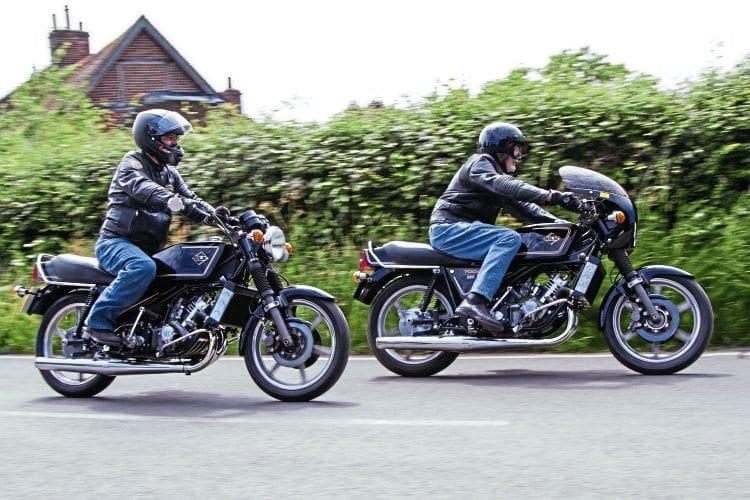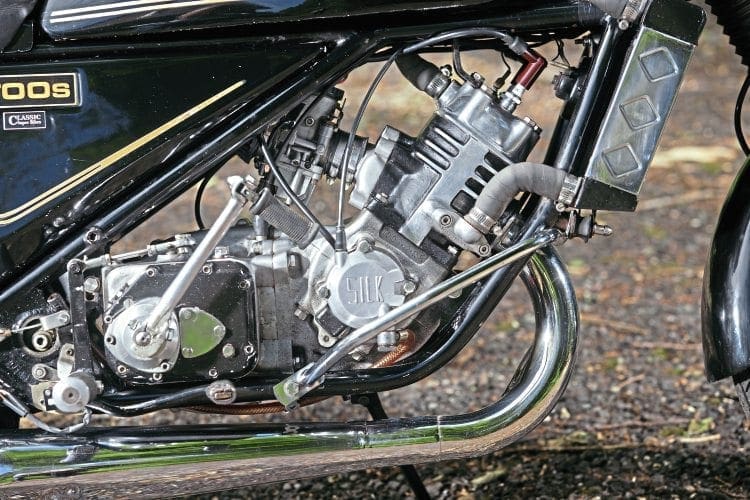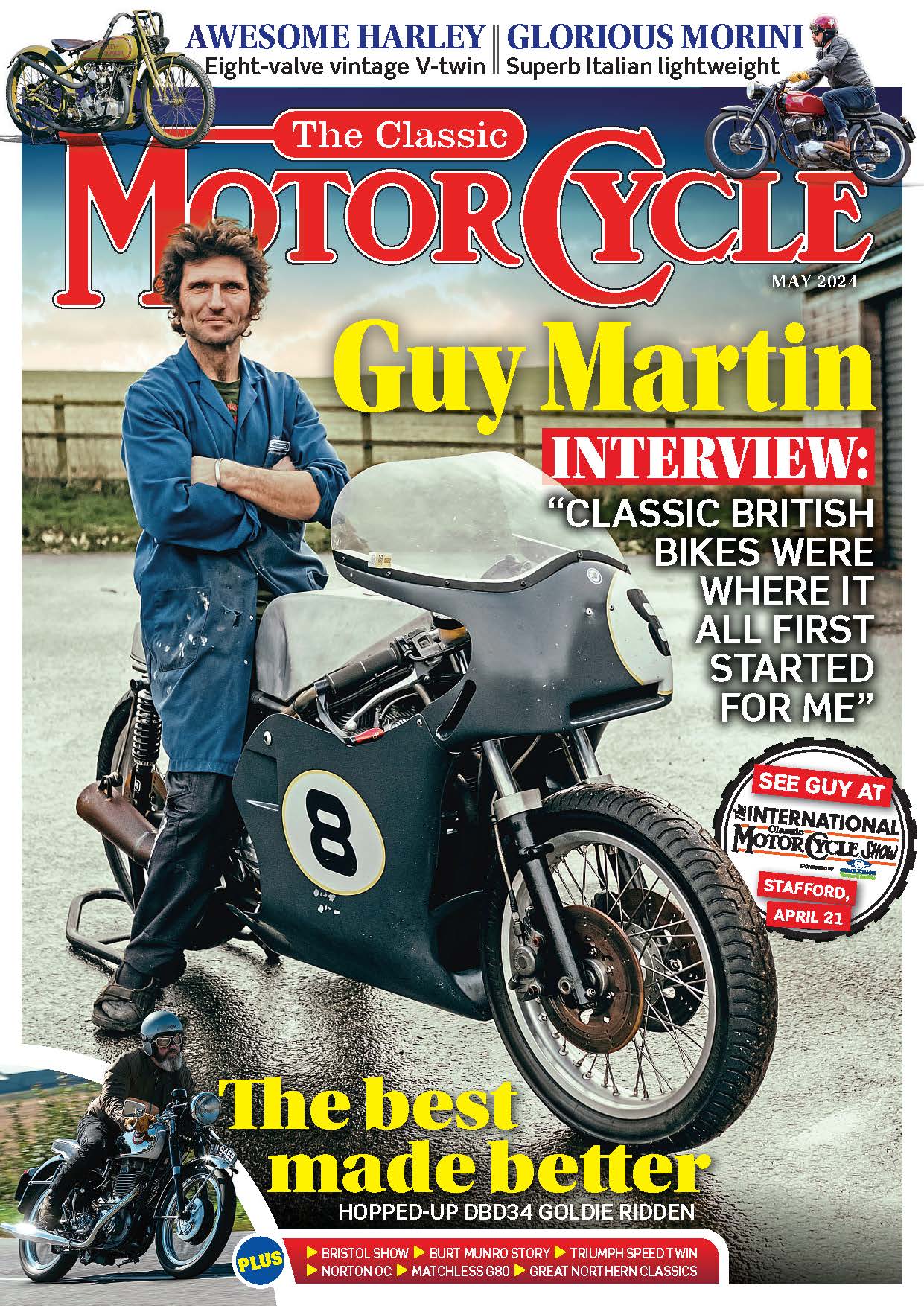No two Silks are the same and their bespoke build and subsequent scarcity means they’re a rarely seen or experienced machine –which is a real shame.
Words: ROY POYNTING Photographs: TERRY JOSLIN
Nobody would deny that two-strokes tend to have uneven slow-speed running and tickover, but their fans forgive that because of the delightful way the puttering exhaust chimes into a continuous note when the throttle is opened.
Enjoy more Classic MotorCycle reading in the monthly magazine.
Click here to subscribe & save.
In the 1950s and 60s, however, even the most ardent two-stroke enthusiasts had to admit they were short-changed when it came to real performance.
Villiers had a virtual stranglehold on the two-stroke market; and with nothing bigger than a docile 324cc twin in its list, the maker of big four-stroke twins had it all its own way.
Admittedly the 600cc Birmingham Scott was also theoretically available, but it was only made in limited numbers by Matt Holder’s Aerco Company – which had purchased the manufacturing rights from the original Shipley firm – and allegedly only sold to ‘approved’ customers.

In any case, postwar Scotts were an acquired (or not acquired) taste, retaining all the marque’s famous eccentricities yet losing the previous compensatory litheness.
Hardly anybody would have given much for the big two-strokes’ chances of survival, let alone getting back into the mainstream, but there was one man who believed in them, and luckily, he was in an ideal position to make the dream come true.
That visionary was George Silk, and let’s say straight away that the final motorcycles he produced were only distantly related to the famous Shipley and Birmingham two-strokes, and should never be referred to as Scotts or even Silk-Scotts.

Scotts were, however, George Silk’s inspiration. And in one of those quirks of fate the whole saga only began because in 1958 he started an apprenticeship with Scott specialist Tom Ward.
George soon began developing Scotts for racing, and by the late 1960s his stretched 620cc Squirrel was capable of over the ‘ton’.

After completing his apprenticeship, Silk went to Saab car specialist Alan Cotterell, and it evidently wasn’t a random move, because Saabs made the only two-stroke cars this side of the Iron Curtain.
Saabs were also heavily into competition – notably off-road rallying – and Silk was encouraged to work on two-stroke engine tuning, collaborating with David Midgelow who had valuable experience of gas-flow in engines.
Read more and view more images in the July 2019 issue of TCM – on sale now!
Advert
 Enjoy more The Classic MotorCycle reading in the monthly magazine. Click here to subscribe.
Enjoy more The Classic MotorCycle reading in the monthly magazine. Click here to subscribe.











